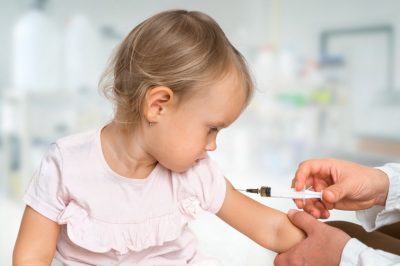
Considerable controversy surrounds race-based algorithms in medicine—such as an adjustment for Black race in equations that estimate individuals’ kidney function. A new study in CJASN has examined the impact of changes to these equations on the inclusion of Black participants in kidney disease–related clinical trials, and on the results of such trials.
Current methods for estimating an individual’s kidney function—what’s known as a patient’s estimated glomerular filtration rate (eGFR)—are derived from serum creatinine levels. The most commonly used eGFR equation—the 2009 CKD-Epi equation—includes an adjustment for Black vs. non-Black race, resulting in higher eGFR values for a Black patient compared with a non-Black patient. Because race is a social and not a biological construct, however, several healthcare institutions no longer report eGFR with an adjustment for Black race, and ASN and the National Kidney Foundation have endorsed the idea that race modifiers should not be included in equations to estimate kidney function.
“Two solutions have been suggested. The first was the use of 2009 CKD-Epi equation without the race coefficient. More recently ASN recommended use of a new completely recalculated equation, the 2021 CKD-Epi creatinine equation, that does not include race and that redistributes the coefficients to more equitably distribute any inequalities in the accuracy of estimates across racial categories,” said lead author David Charytan, MD, MSc, of NYU Grossman School of Medicine.
Dr. Charytan and his colleagues designed a study to evaluate the impact of including vs. excluding race in eGFR equations on screening, recruitment, and outcomes of clinical trials. The team evaluated the inclusion and outcomes of participants in the CREDENCE trial, which randomized individuals with type 2 diabetes and chronic kidney disease to canagliflozin or placebo, after calculating eGFR using the 2009 CKD-Epi with and without a race-specific coefficient or the 2021 CKD-Epi equation that contains parameters for age, sex, and serum creatinine, but does not contain a coefficient for race.
Among the major findings:
- Among randomized participants, recalculation of screening eGFR using the 2009 CKD-Epi equation without a race-specific coefficient had no impact on the likelihood of non-Black participants meeting inclusion criteria to enroll in the trial but would have excluded 10% of randomized Black participants for low eGFR.
- Use of the 2021 CKD-Epi equation would have excluded 4% of Black participants for low and 0.4% for high eGFR, as well as 0.7% and 7% of non-Black participants for low and high eGFR, respectively.
- A high proportion of trial endpoints (cardiovascular- and kidney-related outcomes) in Black participants occurred in individuals who would have been excluded following recalculation using the race-free 2009 CKD-Epi equation but not with the 2021 CKD-Epi equation.
- Cardiovascular and kidney treatment effects remained consistent across eGFR categories following recalculation with either equation.
“Our analysis of CREDENCE demonstrates that removing the race-specific coefficient in the estimation of eGFR has a small but potentially important impact on the inclusion of participants in kidney disease trials. We also found that there were small effects on the severity of kidney function impairment at baseline and the risk of developing cardiovascular and kidney outcomes among enrolled participants after eGFR recalculation,” said Dr. Charytan. “These effects should be considered in terms of interpretation and design of clinical trials as we move to wider implementation of the new equation.”
More information:
CJASN, DOI: 10.2215/CJN.08980621
Citation:
How would eliminating race-based adjustments in estimates of kidney function impact clinical trials? (2022, January 21)
retrieved 9 February 2022
from https://medicalxpress.com/news/2022-01-race-based-adjustments-kidney-function-impact.html
This document is subject to copyright. Apart from any fair dealing for the purpose of private study or research, no
part may be reproduced without the written permission. The content is provided for information purposes only.
Note: This article have been indexed to our site. We do not claim legitimacy, ownership or copyright of any of the content above. To see the article at original source Click Here












